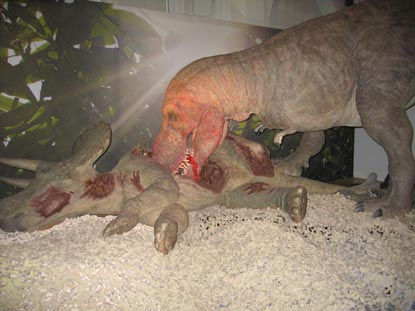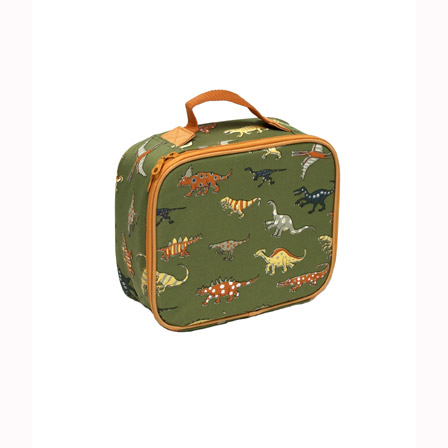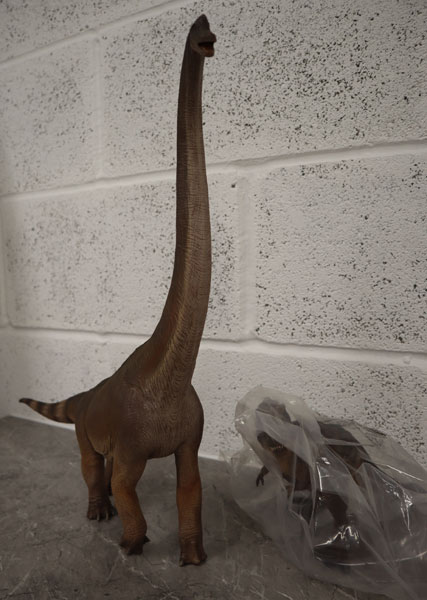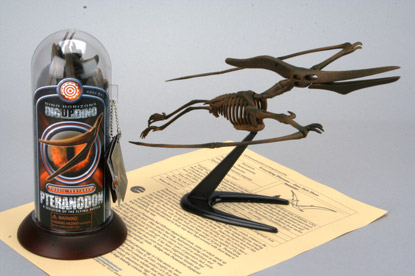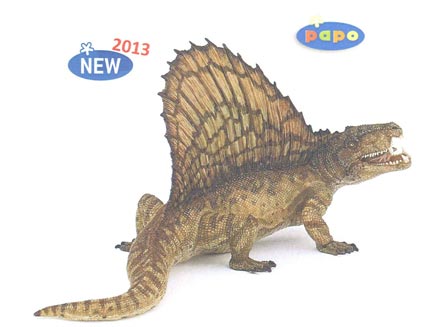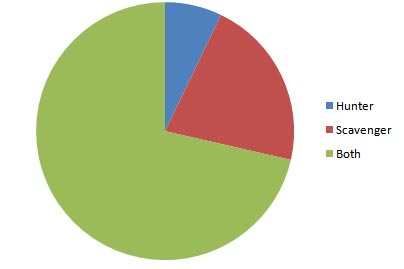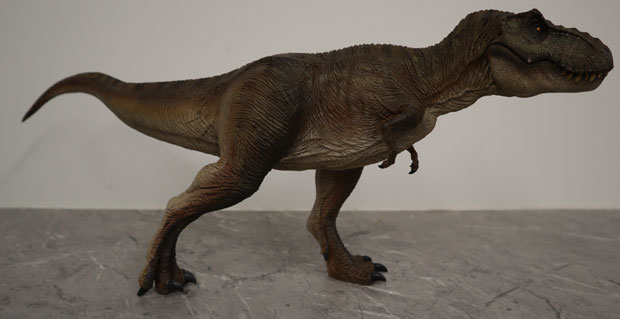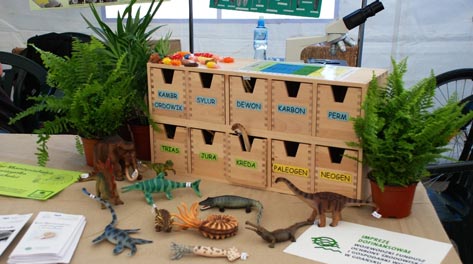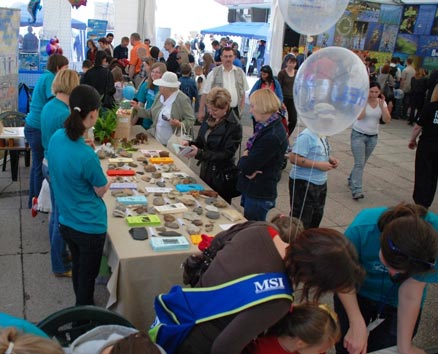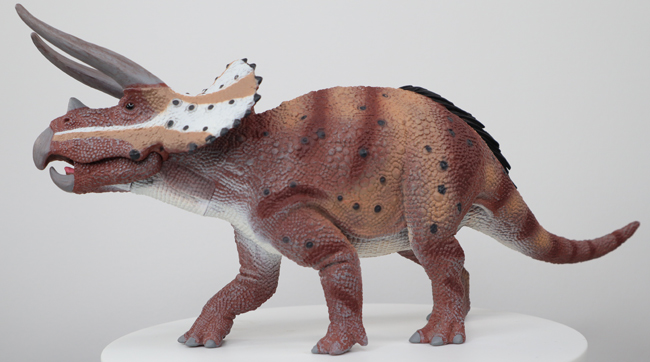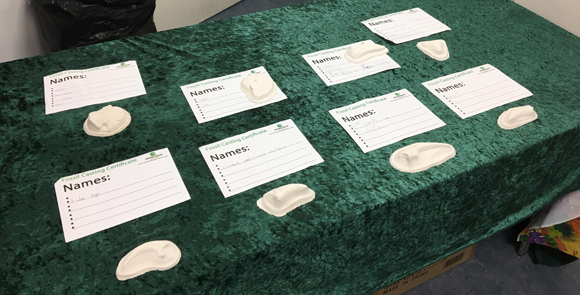East Timor Expedition Reveals Evidence of Giant Rats
Often the subject of urban myths, the brown rats and black rats (members of the Rattus genus) seen in the sewers and subways of cities are sometimes described as being huge. Some folk claim to have spotted rats the size of a domestic cats. These highly successful members of the rodent family have certainly benefited from feeding off all the rubbish and fat filled food to be found on and beneath our streets. However, a scientific expedition to the remote south-east Asian island of East Timor has found evidence of a truly gigantic member of the rat family.
Gigantic Rat Bones
East Timor is an independent state, once formerly a Portuguese colony that covers the eastern part of the island of Timor. Although much of the island has been deforested, those areas of rain-forest that do remain are dense and largely unexplored by scientific teams. Archaeological research has unearthed the remains of the biggest rat known to science, an animal with an estimated body weight of six kilogrammes, something like twenty times the size of a black rat (Rattus rattus), a species commonly associated with our cityscapes.
A series of cave excavations in the rain-forest of East Timor has revealed a total of thirteen species of rodents, eleven of which are completely new to science. The bones and teeth discovered suggest that at least eight of the rats discovered weighed more than a kilogramme.
The Australian/U.S. led expedition, part of CSIRO research on the island of East Timor to map the extensive unique fauna and flora has published their findings in the scientific journal “The Bulletin of the American Museum of Natural History”. The acronym CSIRO stands for the Commonwealth Scientific and Industrial Research Organisation. It is Australia’s national science agency.
A Hot Spot for Rodent Evolution
Discussing the discovery, Dr Ken Aplin, a wildlife biologist at the Australian National Wildlife Collection stated:
“East Indonesia is a hot spot for rodent evolution. We want international attention on conservation in that area. Rodents make up forty percent of mammalian diversity worldwide and they are a key element of ecosystems, important for processes like soil maintenance and seed dispersal. Maintaining biodiversity among rats is just as important as protecting whales or birds.”
Carbon dating tests on the bones and teeth found in the cave system suggest that the biggest type of rat that ever lived could have survived until around 1,000 to 2,000 years ago. Only one of the smaller species of rats whose remains were found in the cave is known to survive on Timor today.
Rats on the Island of Timor
Pictures show a partial skull of the new to science giant rat compared to the skull of a black rat.
Dr Aplin added:
“People have lived on the island of Timor for over 40,000 years and hunted and ate rates throughout this period, yet extinctions did not occur until quite recently. We think this shows people used to live sustainably on Timor until around 1,000 to 2,000 years ago. This means extinctions aren’t inevitable when people arrive on an island. Large scale clearing of forest for agriculture probably caused the extinctions, and this may have been possible following the introduction of metal tools.
A number of the islands of eastern Indonesia evolved their own unique flora and fauna, including unique types of rat and other rodent. Dr Aplin and his team have also found six new species of rat on the island of Flores. Flores has been in the scientific media spotlight recently for the discovery in 2003 of a previously known species of human – homo floresiensis, known as the “hobbit” of Indonesia.
Some of these new species of rat, might still be living on Flores according to Dr Aplin, evading detection by western scientists in the dense and remote jungles of this island.
Few Native Mammals
The island of Timor has few native mammals, the strong tidal currents making the migration of such animals to Timor very difficult. The majority of the mammalian fauna is made up of bats and rodents, many of the roles in ecosystems occupied by other mammals may have been filled by these rodents and this may have led to the development and diversification of the rodent species.
Pictures show the partial skull and teeth of East Timor’s extinct giant rat compared to the skull of a black rat (Rattus rattus) on the right.
Commenting on the possibility that new species of rats, even giant ones may still be awaiting discovery, Dr Aplin stated:
“Although less than fifteen per cent of Timor’s original forest cover remains, parts of the island are still heavily forested, so who knows what might be out there?”
He went on to add:
“During a recent field trip in East Timor, I found the remains of a freshly dead rat which we knew about only from cave deposits.”
The largest extant species of rat weigh around two kilogrammes and can be found in the rain-forests of the Philippines and New Guinea. Unless of course those urban myths about giant rats lurking in sewers underneath our feet are to be believed.
For models and replicas of extinct mammals: Prehistoric Animal Figures and Replicas.
